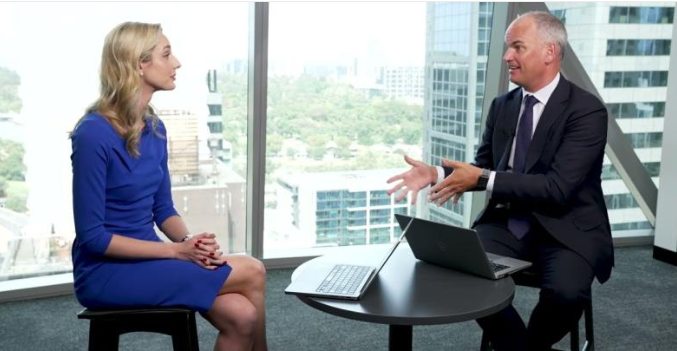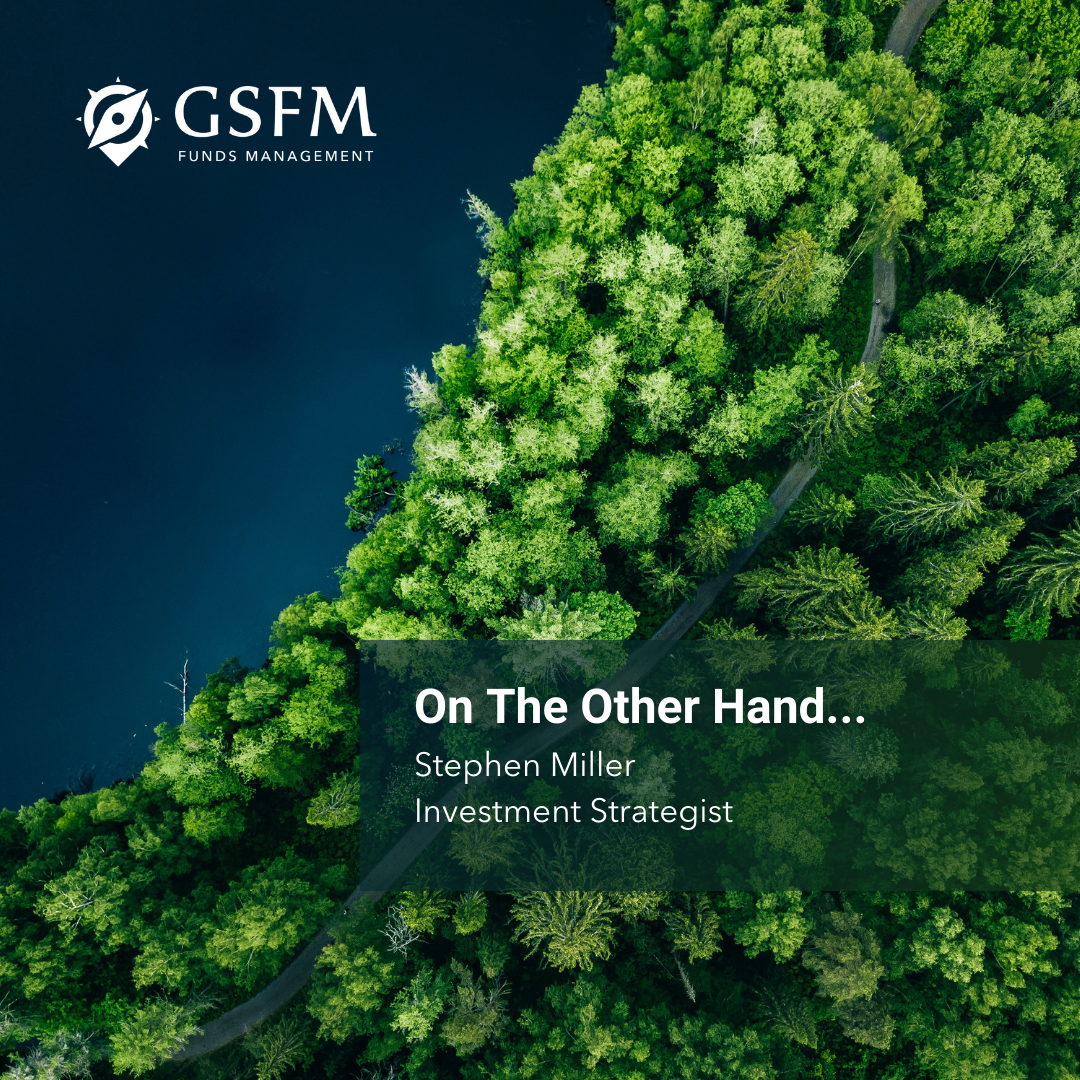Writing his regular column for The Australian Financial Review, GSFM’s Stephen Miller considers the game of competitive devaluation the world’s central banks are playing. That cage match got serious with the Fed’s move to flexible inflation targeting.
That the Reserve Bank will announce a further series of monetary stimulus measures on Melbourne Cup Day now looks like an odds-on bet.
That stimulus is likely to take the form of cuts in the cash rate target, the three-year bond target and the Term Funding Facility (TFF) rate from 0.25 per cent to 0.1 per cent and, perhaps a little more controversially, an extension of quantitative easing (QE) to the five-to-10-year part of the bond curve.
At a cursory level, one might be forgiven for wondering just what prompted the RBA to get back on the monetary stimulus horse. After all, for much of this year governor Philip Lowe has preferred to play second fiddle to fiscal policy in terms of providing stimulus to the economy.
That is not to say the RBA has been inactive – far from it – more that monetary policy was thought to be close to exhausted and that fiscal policy was thought to be a more effective mechanism for stimulus delivery.






